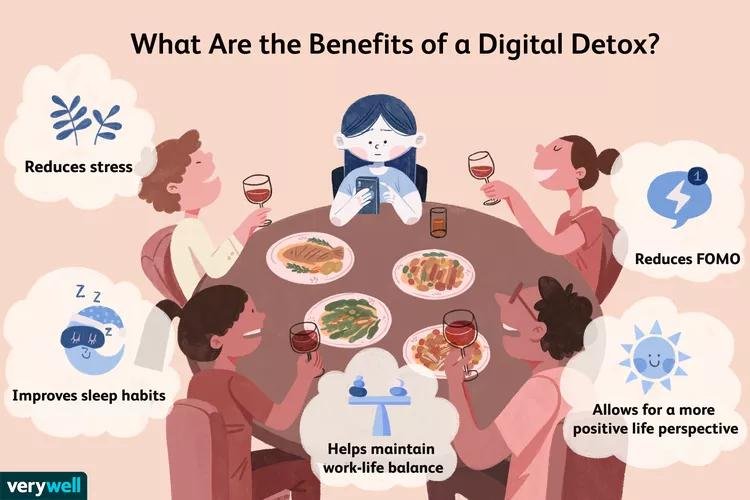Digital Detox: Benefits of Taking a Break from Screens
In today’s tech-centric world, constant screen time can lead to digital burnout, affecting both mental and physical well-being. A digital detox is a break from electronic devices such as smartphones, computers, and TVs. This page explores the significance of digital detox, its benefits, and practical tips for reducing screen time.
What is a Digital Detox?
A digital detox refers to a period of time where an individual refrains from using electronic devices to reconnect with themselves, nature, and the physical world around them. The goal is to reduce the negative effects of screen time, such as eye strain, sleep disturbances, and anxiety.

Signs You Need a Break
- Physical Symptoms: Eye strain, headaches, and disrupted sleep can result from excessive screen time. Prolonged use of digital devices can also contribute to back and neck pain.
- Mental Effects: Constant digital engagement can lead to heightened anxiety, decreased attention span, and a sense of being overwhelmed.
Steps for a Successful Detox
- Setting Boundaries: Designate certain times of the day, such as during meals or before bed, as screen-free periods. You can also try implementing a “no-screen hour” before going to bed to improve sleep quality.
- Engaging in Offline Activities: Participate in offline hobbies such as reading, exercising, cooking, or spending time in nature. Socialize face-to-face with family and friends, and immerse yourself in the present moment.
Conclusion
Taking regular breaks from screens can enhance your mental clarity, improve physical health, and restore your connection with the world around you. By implementing a digital detox, you can achieve a healthier balance between technology and personal well-being.
